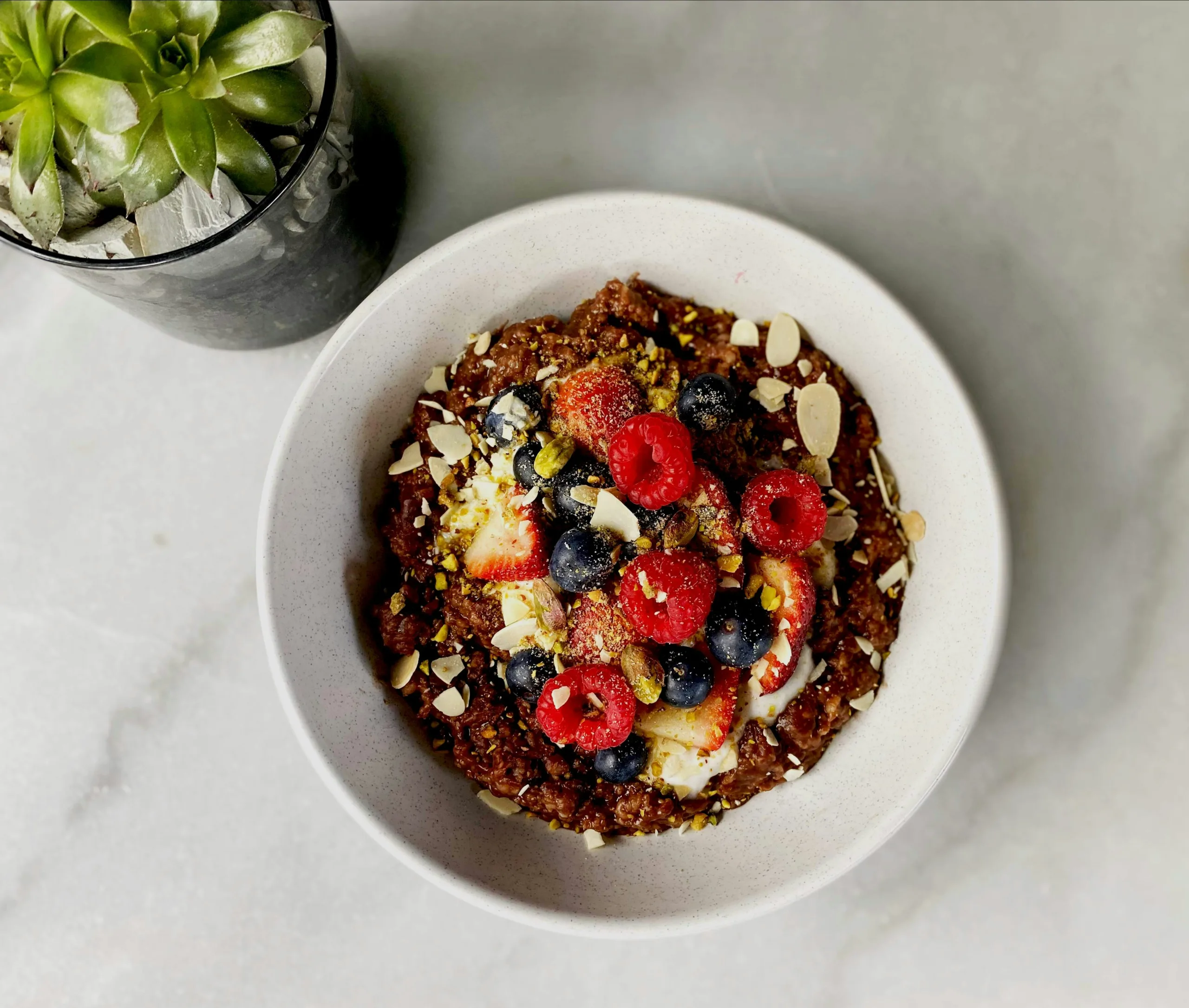This post is in partnership with Undeniably Dairy
By Keri Glassman
Unless you’ve been living in a cow-free cave for the last few decades, dairy probably isn’t new to you: You add milk to your smoothies, you eat yogurt every morning, you indulge in ice cream, the list goes on. (And for what it’s worth, milk probably isn’t new to your ancestors either, as we’ve been consuming dairy for centuries!)
RELATED: Why Dairy and Plant-Based Foods Are Better Together
So, you probably know that dairy, and milk, in particular, is one of the best, most accessible sources of calcium, vitamin D, and vegetarian-friendly protein (as well as six other essential nutrients our bodies need) on the market. But since lots of people are still confused about the dairy-sourcing process—and in some cases, even the health benefits of milk—I’d like to address some common questions—and share some surprising answers! Who knows, you might still have a little something to learn about one of your favorite food groups.
Does milk contain antibiotics?
Well, if the question is do cows receive antibiotics? The answers would be yes, they do, when they’re sick. But the FDA tests milk like crazy (the good kind of crazy!), so anything with antibiotics never sees store shelves. Meaning, yes, milk can absolutely be part of a “clean” diet.
Does milk increase inflammation?
Lots of people are committed to an anti-inflammation diet, which is a good thing, as chronic inflammation is linked to heart disease, type 2 diabetes, cancer, and other diseases. The good news? Dairy foods are linked to reduced inflammation. In fact, consistent consumption of low-fat yogurt reduced markers of inflammation in some women after nine weeks, per a British Journal of Nutrition study.
But is dairy environmentally sustainable?
Many people aren’t aware, but the U.S. dairy industry has made a lot of strides in environmental sustainability over the last few years. Today’s dairy farmers have identified new ways to recycle water and even use cow manure as a renewable energy source. Plus, dairy makes up only two percent of greenhouse gas emissions and takes up less than four percent of U.S. farmland, yet provides easy access to essential nutrients, including protein, calcium, B vitamins, and more.
The truth is, every food has some environmental impact. The way I see it, the key is getting the most high-quality nutrients as possible for as little impact as possible, and for me, milk strikes the perfect balance. Did you know that the carbon footprint of a glass of milk is two-thirds less than it was 70 years ago? Dairy farmers are constantly innovating to produce dairy using fewer natural resources.
(Photo: Shutterstock)





























